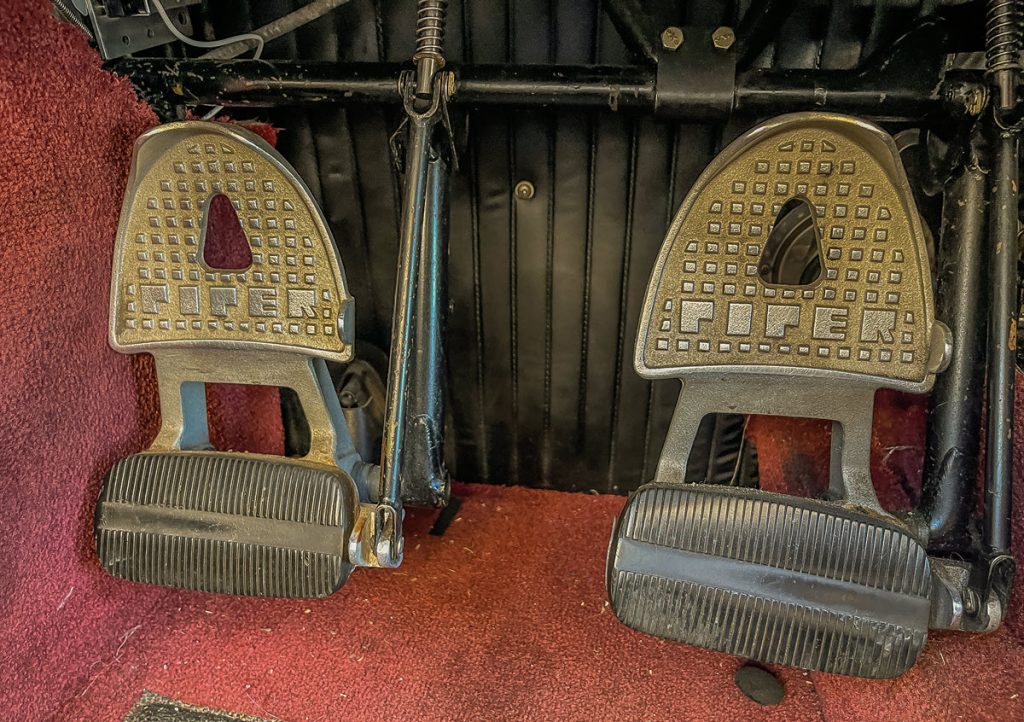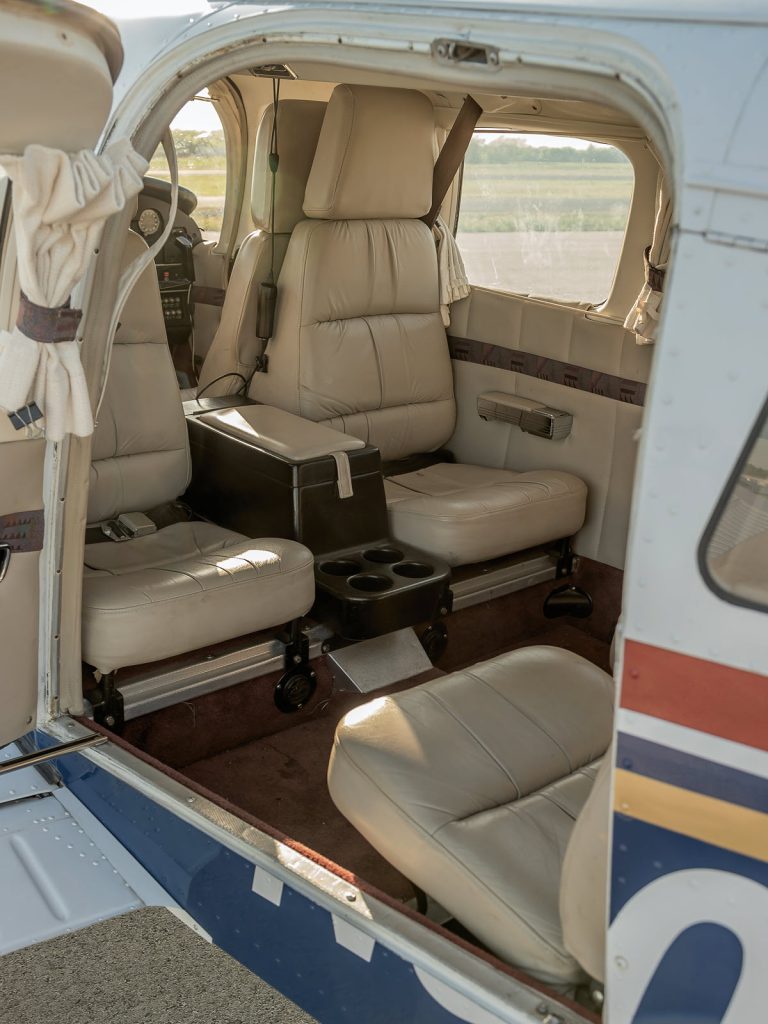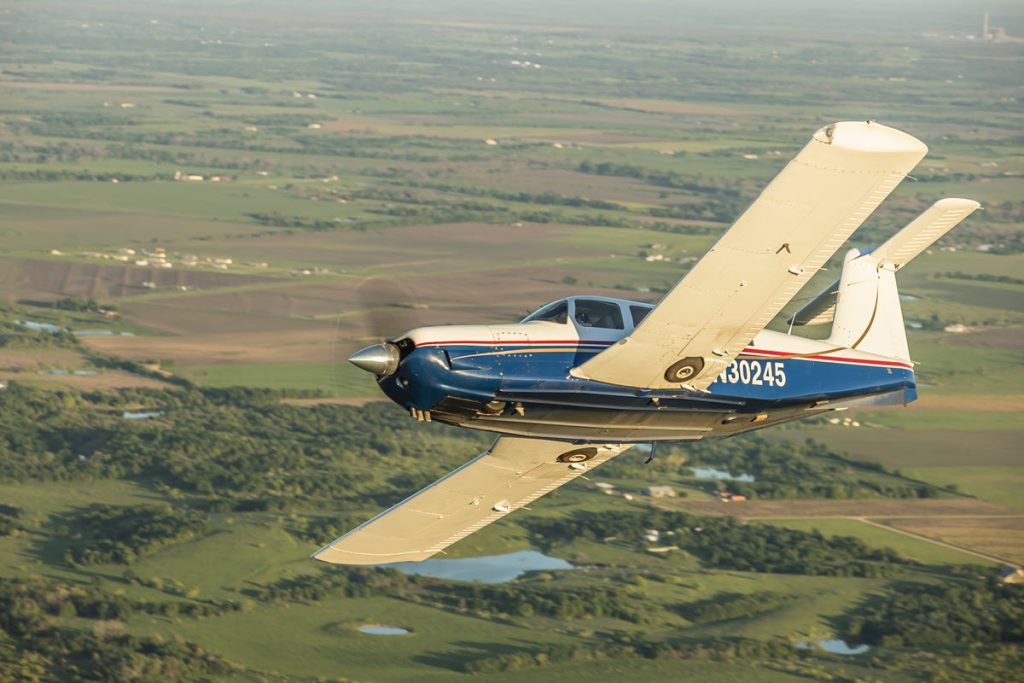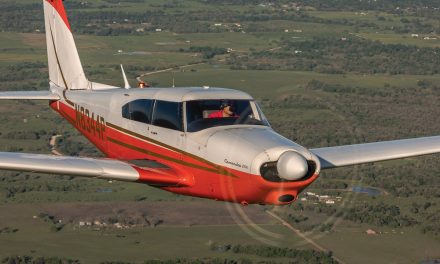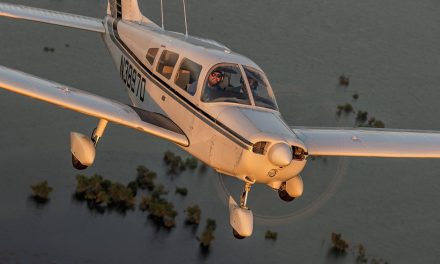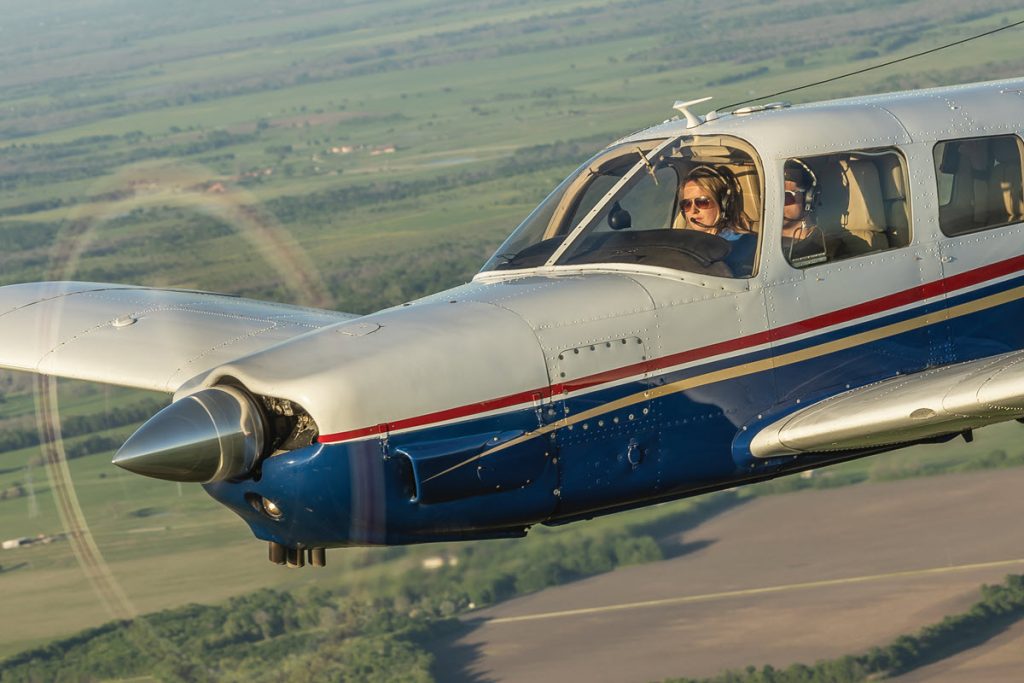
Chance Downing decided he wanted to fly “the real thing” after attending his first RC aircraft fly-in. His grandfather never flew again after serving as a Medical Evacuation Bell UH-1 Huey pilot in the Vietnam War. Instead, he developed a keen interest in RC aircraft – an interest he invited Chance to share with him. It was contagious! Chance received his private pilot certificate out of KTPL in Temple, Texas, on June 7, 2020.
His father recognized Chance’s passion for flying and helped him purchase his first airplane, the Piper Lance, just a few months later in October of 2020. He was 18 at the time. His wife and children now enjoy flying throughout the United States with him.
The Piper PA-32 has proven itself ideal for family transportation. This aircraft has a six-seat club configuration that comfortably fits as many people, while seldom creating weight and balance concerns. And they take to the skies quite often, too. In the previous three years, Chance averaged about 150 flight hours. Last year, that time went up to 240 hours in the air.
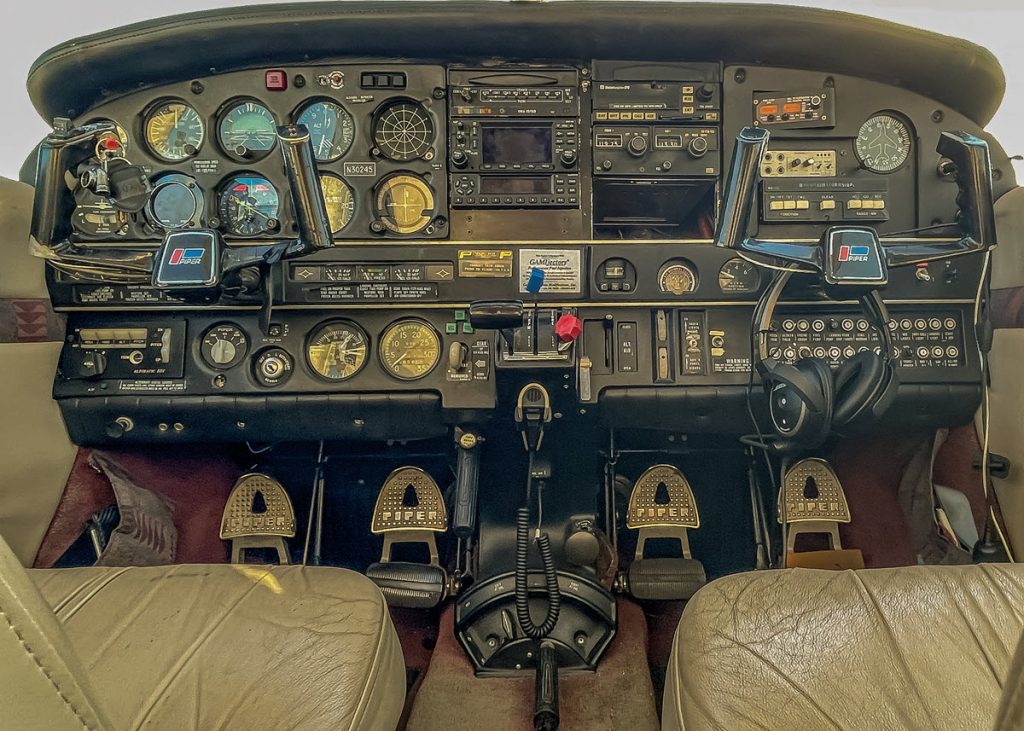
About the Piper PA-32
This Piper Lance was manufactured in 1978. Prior to 2014, it was owned by a family in Nebraska. They used it for family transportation and leisure, much as Chance does. During a landing, the nose gear collapsed. It just happened that someone from Texas bought it in its damaged state and returned it to Chance’s home airfield. The engine and crankshaft were overhauled and rebuilt and some supporting hardware was replaced.
The repairs were completed about a month after Chance finished his first flight lesson. It seemed the plane and pilot were meant to be together. “The Piper PA-32 line of aircraft quickly stood out to me as the perfect aircraft for my family goals and my mission as a pilot.”
Chance has not done any extensive work on his Piper Lance because so much had been repaired and updated just before he purchased it. Chance explained, “The paint is immaculate and the engine extremely healthy. The only downsides are the aging avionics suite and the interior needing an upgrade in the near future.”
He did, however, add GAMI fuel injectors which has given the aircraft roughly 18-20 gph fuel burn at rich of peak and 13-16 gph at lean of peak. He recently installed new landing gear trunnions, as well. Updating the avionics and interior are the next two items on his “to do” list.
Because many Piper planes, especially the PA-32s, have multiple AD’s for wing spar corrosion issues, Chance pays a bit extra at his annual to have the inspector check and confirm his wing spars are sound. So far, this has not been an issue on his airplane.
Rather than ordering parts directly, Chance has his plane serviced, almost exclusively, at B&G Aviation in Georgetown, Texas (KGTU). They take care of sourcing the parts and materials needed for maintenance. Other than waiting a few weeks for those trunnions, parts seem to be readily available.
Piper Lance Pros and Cons
When asked what he likes and dislikes about his Piper Lance, Chance had mostly good things to say about the aircraft. “I love the speed and range provided by the Lance.” He noted that the retractable gear and 300 hp Lycoming 540, combined with multiple weight reductions and speed modifications, allow the plane to comfortably cruise at about 160 knots when fully loaded and 170-180 knots when he’s traveling alone.
Chance is also impressed with the airplane’s landing capabilities on short or soft fields. And he finds the aircraft’s useful load, just over 1400 pounds, is enough for him to accomplish almost any mission he has in mind.
The only thing he finds quite challenging about his Piper Lance is the T-tail configuration. It takes some practice to master handling this plane in certain phases of a flight. For instance, pilots must fly an airplane with a T-tail faster during most critical flight phases than they would fly an airplane with a straight tail. “But once that’s etched in your mind, she’s a dream to fly.”
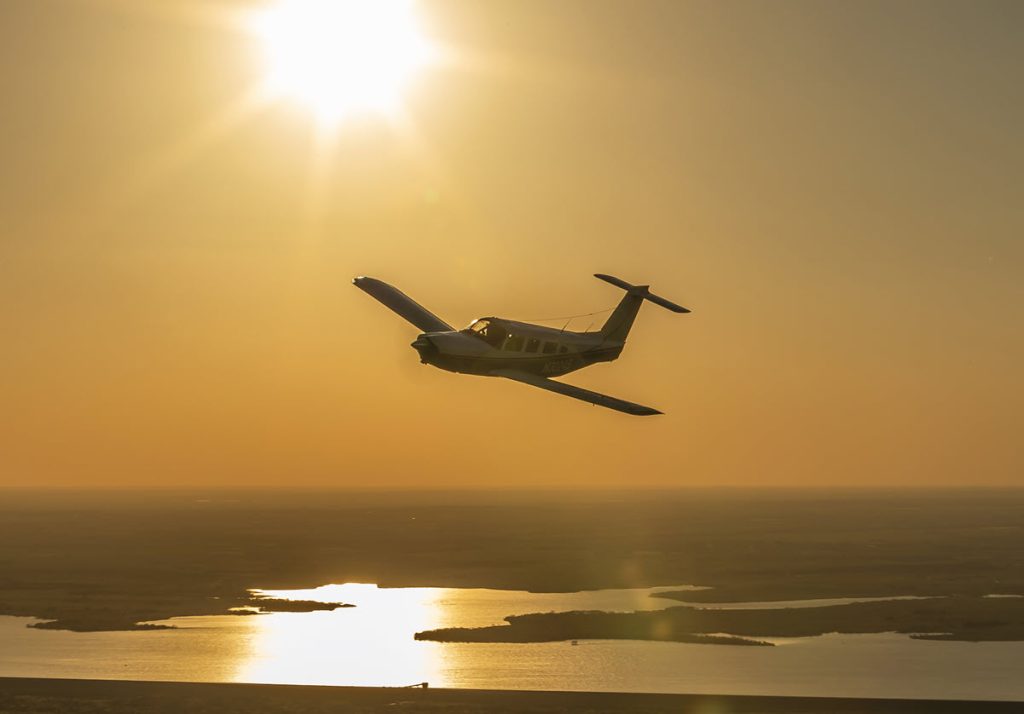
Have a website login already? Log in and start reading now.
Never created a website login before? Find your Customer Number (it’s on your mailing label) and register here.
JOIN HERE
Still have questions? Contact us here.



